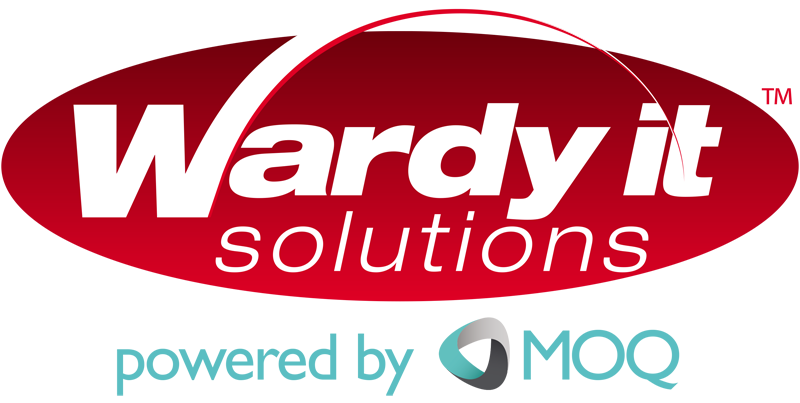You would be aware from Microsoft’s communications that SQL Server 2008 and 2008 R2 are reaching end of life (EOL), with extended support terminating just months away in July 2019. Are you responsible for managing the impact this could have on your organisation’s processes and applications? Do you have an application vendor holding you back? How far behind are you?
If your answers to the above leave you feeling overwhelmed, you’re certainly not alone – over 50% of SQL Server instances currently deployed are SQL Server 2008 R2 or older but this will drastically change with end of support looming. These questions and more are being processed by organisations of all sizes. A successful transition is one that is well planned and considered, and this takes time.
If the EOL issue hasn’t yet been pushed towards the top of someone’s To Do list, this article explains why it needs to be tackled now – while time is still on your side and, before the cut off becomes a looming and potentially expensive crisis.
THE TOP 4 SQL SERVER 2008 EOL MISTAKES
We’re seeing the emergence of four distinct mistakes organisations are making ahead of the July 2019 deadline:
Mistake #1: Doing Nothing
- If you do nothing your critical database environment will be wide open to security threats and data breaches. With Microsoft phasing out support, the frequent security patches you rely on today will be no more. Even if you’ve been fortunate not to experience a serious breach to date, there are multiple points of risk in the old versions because they were designed prior to the complexities of today’s rapidly evolving threat landscape.
- Another important consideration are compliance implications. Operating on an unsupported platform is likely to affect the risk and compliance rating of ASX listed companies as determined by external audits; however it is not just public companies that are at affected.
- Critical applications operating on an unsupported data platform risk non-compliance with certifications and standards the business depends on – think PCI DSS (Payment Card Industry Data Security Standard) or an ISO 9001 Quality Management System certification. Failures here may restrict the way your business transacts – and with whom – and may have further implications for things like insurance policies, as just one possible example.
Mistake #2: Leaving it too late
- In most instances, it takes at least six months to fully plan and de-risk a SQL Server upgrade. Consider the time required and the potential complications you’ll face when upgrading just one server – housing, say, 20 databases and 20 different applications. That’s potentially 20 vendors – based on this one server alone – that you will need to contact to ensure that you can safely upgrade. This alone takes a significant amount of time.
- Any data platform modernisation project is likely to cause some disruption to the business and a rushed migration increases the chances of things breaking. As Windows 2008 is also reaching EOL, the DBA isn’t going to be the only individual pushing for modernisation. The database management team needs to work closely with system administrators to ensure a planned and thorough approach. Chaos, high risk, and tight deadlines create more work and can exponentially increase costs. And you’ll miss out on Microsoft ‘early adopter’ incentives.
Mistake #3: Approaching the transition purely as an upgrade
- If you approach the transition as an upgrade, it is easy to underestimate the powerful business impact of SQL Server 2017. The potential benefits of running on the latest, fastest, most secure platform – along with likely reductions in licensing costs – quickly outweigh the cost and effort of an upgrade project.
- The key features supporting many upgrade business cases include access to built-in Business Intelligence (BI) and other advanced analytics tools, reducing risk and minimising the duration of downtime events. Other in-demand features include Always On Availability Groups which support superior disaster recovery. This is in addition to the much-improved query tuning and database engine features that can have a positive impact on the end-user experience.
- Consider also the impact on your IT team. They’re likely to be busy keeping old systems alive instead of supporting your business in reaching its goals. What new initiatives could they be working on? What new applications could they and the business be missing out on? What are you not able to offer your customers? And how would the team rather be spending their time?
Mistake #4: Working with the wrong team
- It is certainly possible to successfully manage a SQL Server upgrade project in-house. But if your DBA has been focused on SQL Server 2008 for the last ten years, then it’s unlikely that he or she will be the right person to lead this project.
- The is also a risk in focusing too narrowly. The impact of the SQL Server 2008 EOL has implications beyond just the pure database environment and has a real impact on your organisation’s processes, applications and customer experience. A ‘needs and risk analysis’ is a critical part of an upgrade project and requires –the right expertise in current data platform technologies.
Take the first upgrade step today
We’ve seen first-hand the powerful benefits of SQL Server 2017 and the impact it has made on organisations that we work with, in terms of improving performance, containing costs and more. The SQL Server 2008 EOL deadline is looming and for a successful upgrade project, planning needs to start now.
Let us help you get ahead of the risk wave by bringing our knowledge and experience from countless SQL Server upgrades to your upgrade project:
- Download our whitepaper: Data Platform Modernisation – a guide for organisations wanting to increase performance and cut operational costs in their SQL Server environment.
- Sign up for a complimentary Data Platform Modernisation workshop. Our consultants will come on site to help you map out your future sate.
- Move your SQL Servers to the cloud: Take the first tangible step in moving your SQL Servers to the cloud by signing up for Azure Illuminate, a program by WARDY IT Solutions that will allow you to establish a meaningful presence for your SQL Server environment in Microsoft Azure without needing to perform a full cloud migration. Learn more.
Considering moving to Azure – we may even be able to fund it for you
WARDY IT Solutions have been awarded as one of the exclusive Microsoft Azure Accelerator partners, and the only partner in Australia, to assist organisations with the migration of their database workloads to Azure Data Services. Using this Azure Accelerator program, WARDY IT Solutions can potentially fund your migration to Azure at no cost to you. Get in touch today to find out more.

